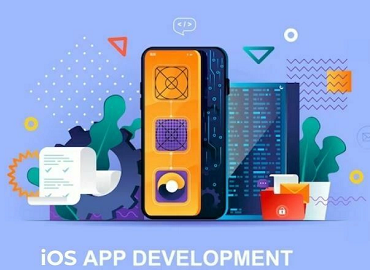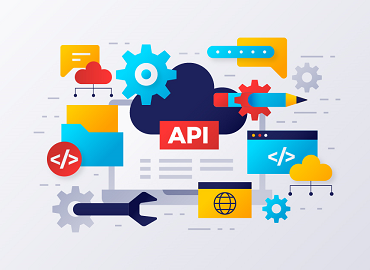By Sawiara Khan
In 2025 and beyond, iOS is no longer confined to just iPhones or iPads. It is a cross-device ecosystem spanning Vision Pro, Apple Watch, CarPlay, and even ambient edge computing environments.
What used to be “app updates” has now become architectural upgrades. Swift is morphing into a more expressive language with better support for AI workflows. VisionOS is rewriting how humans interact with devices through eyes and gestures rather than taps. And with the rise of on-device machine learning, apps are becoming more predictive, more personal, and vastly more immersive.
By Kostya Stepanov
You’re all set to start developing your app, but now you’re faced with a critical question: what’s the best way to go about building it?
Should you go for cross-platform development, stick with native, or opt for hybrid? If you’re new to this space, these terms can quickly blend into a confusing mix of jargon, especially when every developer or agency seems to use them casually, as if their meanings are self-evident. And if you’re a startup founder or product manager trying to bring your idea to life, making the wrong choice could lead to wasted time, money, and unnecessary stress.




